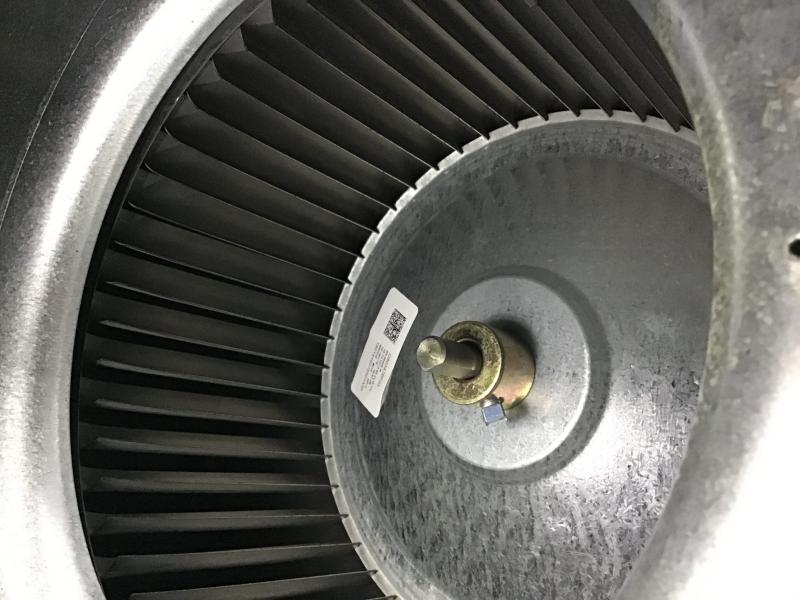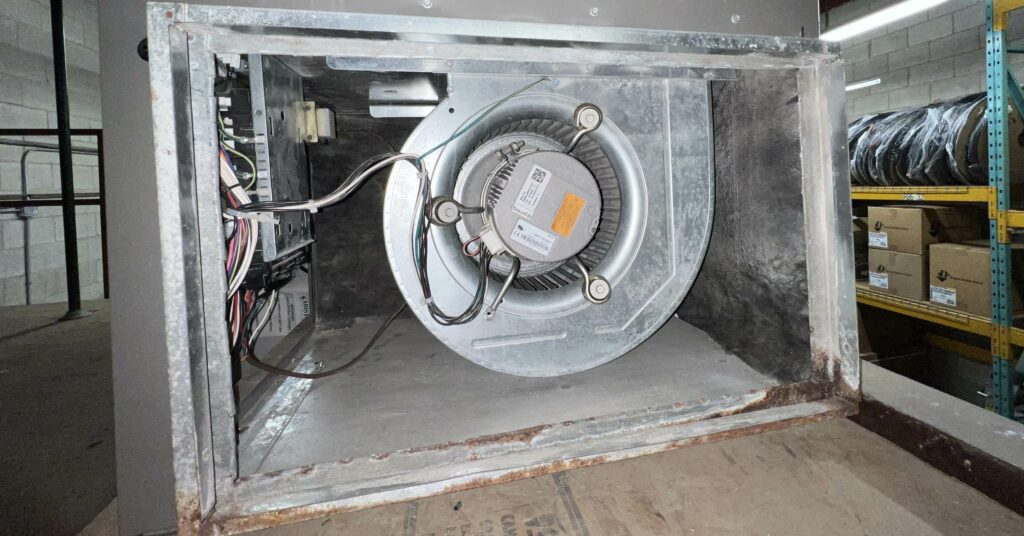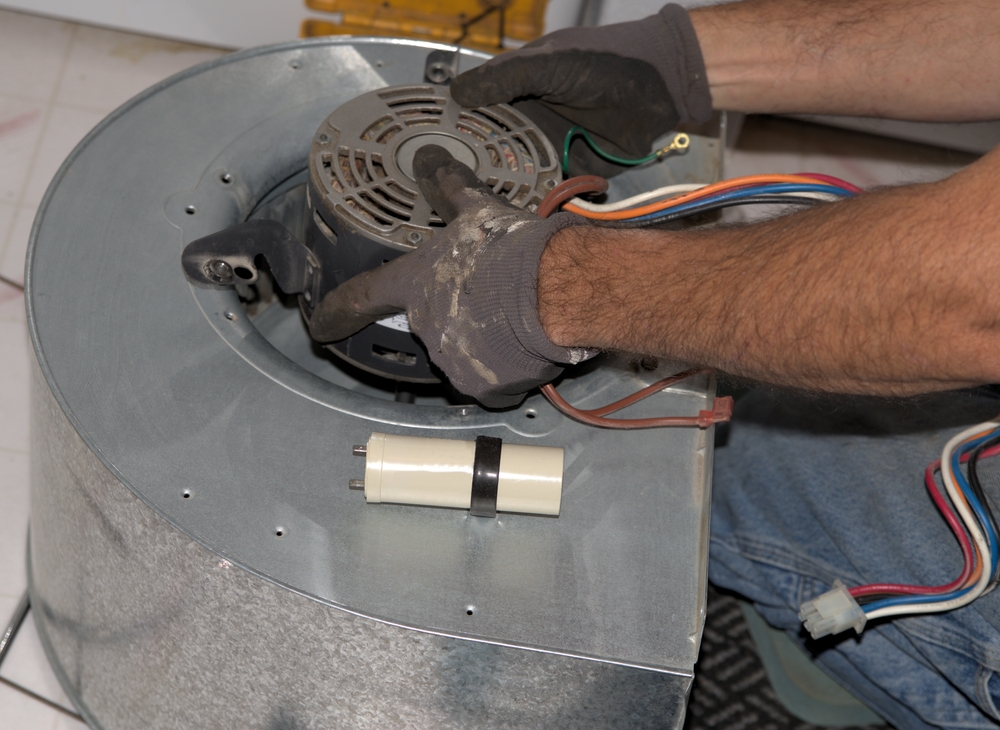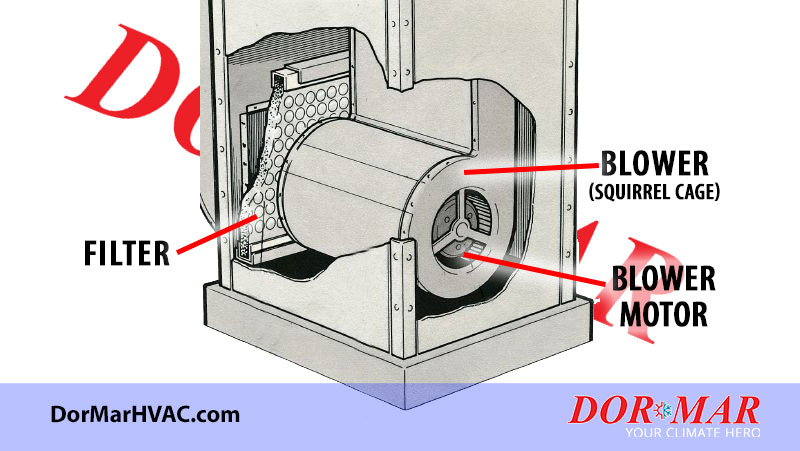
When the cold winds howl and winter settles in, your furnace becomes the heart of your home, keeping everyone warm and cozy. At the core of this vital system is the furnace blower motor. This crucial component is responsible for circulating heated air throughout your house, ensuring even and comfortable temperatures. Understanding how it works, recognizing potential issues, and knowing how to maintain it can save you from unexpected chills and costly repairs.
What is a Furnace Blower Motor?
A furnace blower motor is an electric motor that powers the fan or blower within your furnace. Its primary function is to draw in air from the return ducts, pass it through the furnace's heat exchanger (where it's warmed), and then push the heated air through your ductwork and into your rooms. Without a properly functioning blower motor, your furnace would simply heat the air around it, without distributing it effectively.
There are typically two main types of blower motors:
- Single-speed motors: These motors operate at a constant speed, either on or off.
- Variable-speed motors (ECM motors): These motors can adjust their speed based on the heating or cooling demands of your home, offering greater efficiency and comfort.
How Does a Furnace Blower Motor Work?

The process is relatively straightforward:
- Thermostat Activation: When your thermostat detects that the room temperature is below the set point, it sends a signal to the furnace.
- Ignition: The furnace ignites the burners, heating the heat exchanger.
- Blower Activation: Once the heat exchanger reaches the appropriate temperature, the furnace blower motor activates.
- Air Circulation: The blower motor spins the fan, drawing in cool air from the return ducts.
- Heating and Distribution: The air passes through the heated heat exchanger, warms up, and is then pushed through the supply ducts to your rooms.
- Cycle Completion: When the thermostat reaches the set temperature, it signals the furnace to shut off, and the blower motor stops after a short delay to dissipate any remaining heat.
Common Issues with Furnace Blower Motors
Like any mechanical component, furnace blower motors can experience problems over time. Here are some common issues:
- Motor Failure: Overheating, wear and tear, or electrical issues can cause the motor to fail completely.
- Bearing Problems: Worn or damaged bearings can cause the motor to make unusual noises, such as squealing or grinding.
- Capacitor Issues: The capacitor helps start and run the motor. A faulty capacitor can prevent the motor from starting or cause it to run intermittently.
- Electrical Problems: Loose wiring, blown fuses, or tripped circuit breakers can disrupt the power supply to the motor.
- Dirty Blower Wheel: A dirty blower wheel can reduce airflow and put extra strain on the motor.

Signs Your Furnace Blower Motor Needs Attention
Keep an eye out for these signs that your furnace blower motor might need repair or replacement:
- Unusual Noises: Squealing, grinding, or humming sounds from the furnace.
- Intermittent Operation: The blower motor turns on and off erratically.
- Reduced Airflow: Weak or inconsistent airflow from your vents.
- No Airflow: The furnace turns on, but no air is coming from the vents.
- Burning Smell: A burning smell coming from the furnace area.
- Increased Energy Bills: A malfunctioning blower motor can cause your furnace to work harder, leading to higher energy consumption.
Maintaining Your Furnace Blower Motor

Regular maintenance can help prolong the life of your furnace blower motor and ensure optimal performance:
- Regular Cleaning: Clean the blower wheel and motor area to remove dust and debris.
- Lubrication: Lubricate the motor bearings according to the manufacturer's instructions.
- Filter Replacement: Regularly replace your furnace filters to ensure proper airflow and prevent strain on the motor.
- Professional Inspection: Schedule annual furnace maintenance with a qualified HVAC technician.
When to Call a Professional
While some maintenance tasks can be done yourself, it's essential to call a qualified HVAC technician for any major repairs or replacements. Working with electrical components and gas furnaces can be dangerous, so it's always best to leave it to the professionals.
By understanding the role of your furnace blower motor and taking proper care of it, you can ensure a warm and comfortable home throughout the winter season.
No comments:
Post a Comment
Note: Only a member of this blog may post a comment.